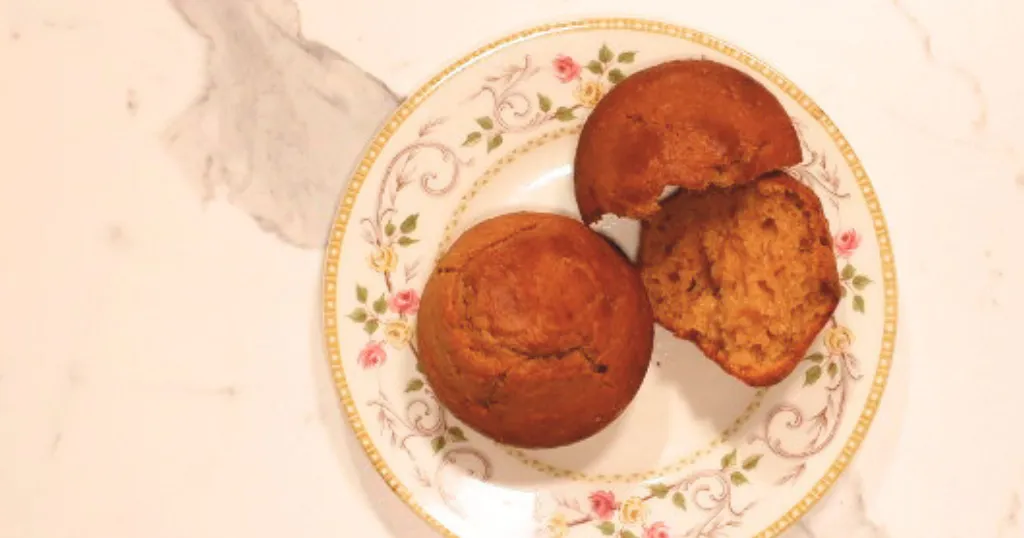Whole Wheat Flour
a healthy habit
Molini Spigadoro has chosen to produce only 100% healthy whole-wheat flour, from dehulled wheat, to guarantee what is fundamental: health and well-being. In this way, the professional operator can confidently choose the wholemeal flour that best suits his or her processing and dough needs.
Whole wheat flour
yesterday and today
Whole-wheat flour has been greatly revalued in recent years, as it is now associated with a healthy and proper diet.
The myth of “white as white can be” has given way to amber, color and fiber. White bread was once a symbol of opulence, of economic prosperity seen as social status. Dark whole-grain bread was delegated to the less affluent classes, for whom white was taboo. Even in fairy tales, white has always been extolled as a symbol of purity; how can we forget Heidi’s white buns so longed for by Peter’s blind grandmother! They were made only in the city of Frankfurt and Heidi would save them for days to take to her grandmother in her mountains.
Today, food is associated with taste, fragrance and above all with well-being understood as harmony between health and psyche, so whiteness is no longer a sought-after goal, but fiber and nutritional elements are. Consumers choose to eat healthy and for this they go in search of selected and controlled ingredients, which they verify by carefully reading labels.



What are the differences between white flour and whole wheat flour?

Bran
Fiber-rich cruscal part (12%), the outermost part that in addition to enveloping and defending the grain, holds a higher concentration of vitamins, minerals. Fiber is important in that since it is not completely transformable and assimilable by our bodies, it plays a formidable role in transporting nutrients.
Endosperm
The endosperm (85 percent), the core of the grain, is deficient in vitamins and minerals, but rich in carbon hydrates (starch) and a share of protein from whose dough is formed gluten, a substance capable of retaining up to 200 percent by weight of water and which, in the case of flour kneading, allows the protein to retain water and impart elasticity to the mass.
Germ
The germ (3%) the “hub of new life,” the part from which the new plant will originate. It contains a large number of enzymes, two important proteins, vitamins, minerals and an oil (tocopherol) very rich in vitamin E.

Wholemeal or semi-wholemeal flour (type 1 and type 2), keeping the bran part, has a higher content of vitamins and minerals than white flour. In addition, thehigh amount of fiber, which provides functional and metabolic benefits, makes it a better food nutritionally.
Not all flours
are the same
Of course, not all whole grain products are the same and especially not equally healthy. Let us not forget that it is in the outer part of the grain, in the bran layers, that all potential contaminants lurk, so if the raw material and processing are not safe and certified, the resulting products could offer unpleasant surprises.
In addition, some commercially available whole-wheat flours are made by later adding bran or middlings to the 00 flour.
Nutridea:
100% whole wheat flour.
With Molini Spigadoro’s Nutridea line of wholemeal flour, the consumer is guaranteed a 100% healthy project, as the selection of grains and the special grain milling method are able to cancel out the presence of contaminants and offer a certified quality wholemeal product.
In fact, the company adopts a hulling system unique in the milling industry that cleans and sanitizes the grain before milling, removing the surface layers of bran. Without this wasteful process (it lowers yield, lengthens time and increases costs for the mill) there would be a risk of transferring contaminant residues from outside the grain to the flour.
Wholemeal flours also have different characteristics according to the technological parameters of strength and extensibility, by grain size and color. We find flours suitable for short processing and long processing, for little or very leavened products, with a more or less fine grain size. Some are suitable for bread, others for baking and pizza.











